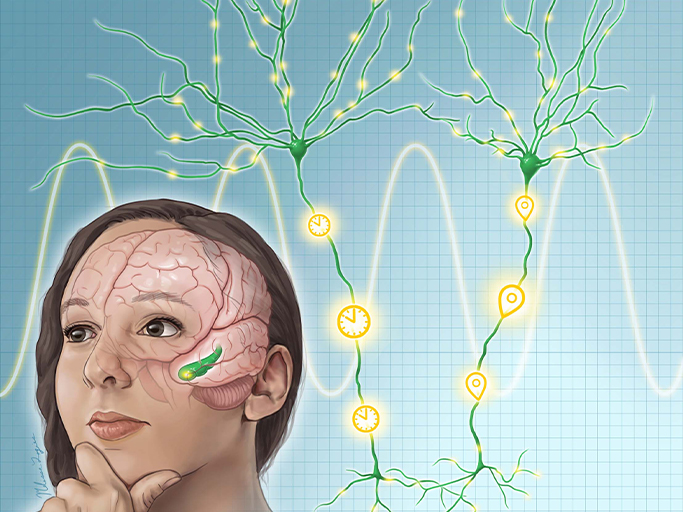
Illustration by Melissa Logies
Two studies led by UT Southwestern researchers shed new light on how the brain encodes time and place into memories. The findings, published recently in PNAS and Science, not only add to the body of fundamental research on memory, but could eventually provide the basis for new treatments to combat memory loss from conditions such as traumatic brain injury, TBI, or Alzheimer’s disease.
About a decade ago, a group of neurons kno...
Read More








Recent Comments